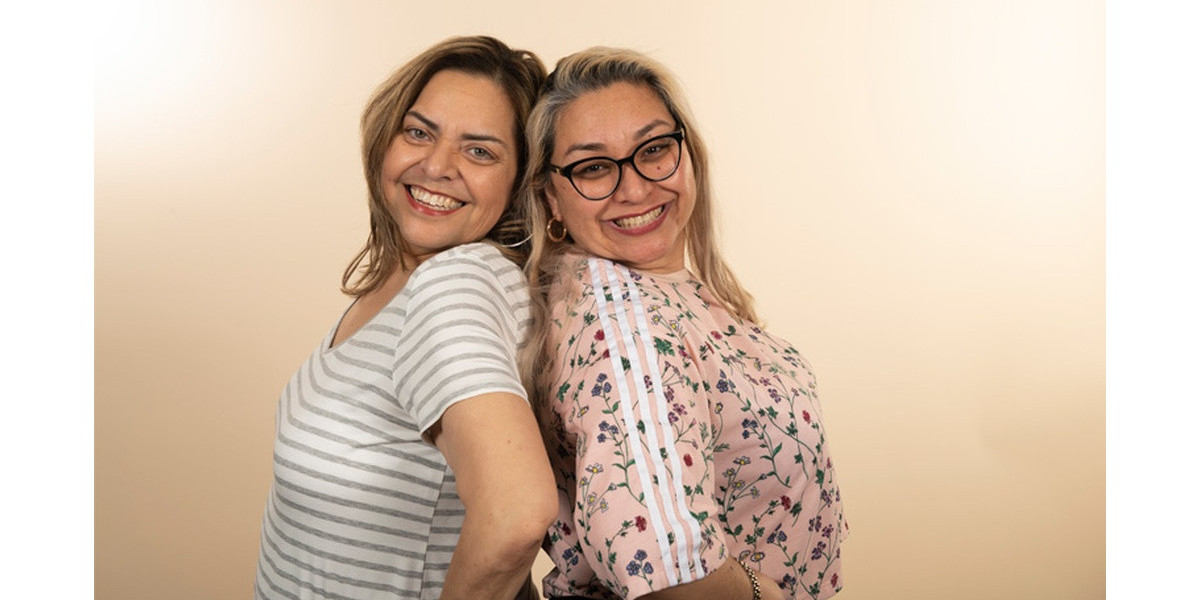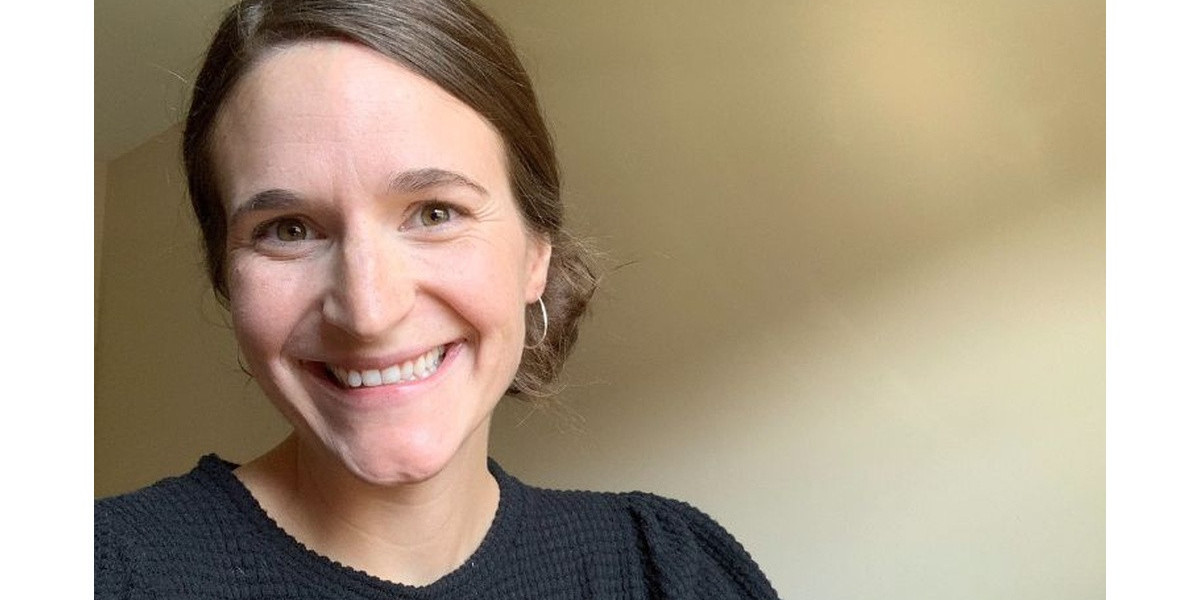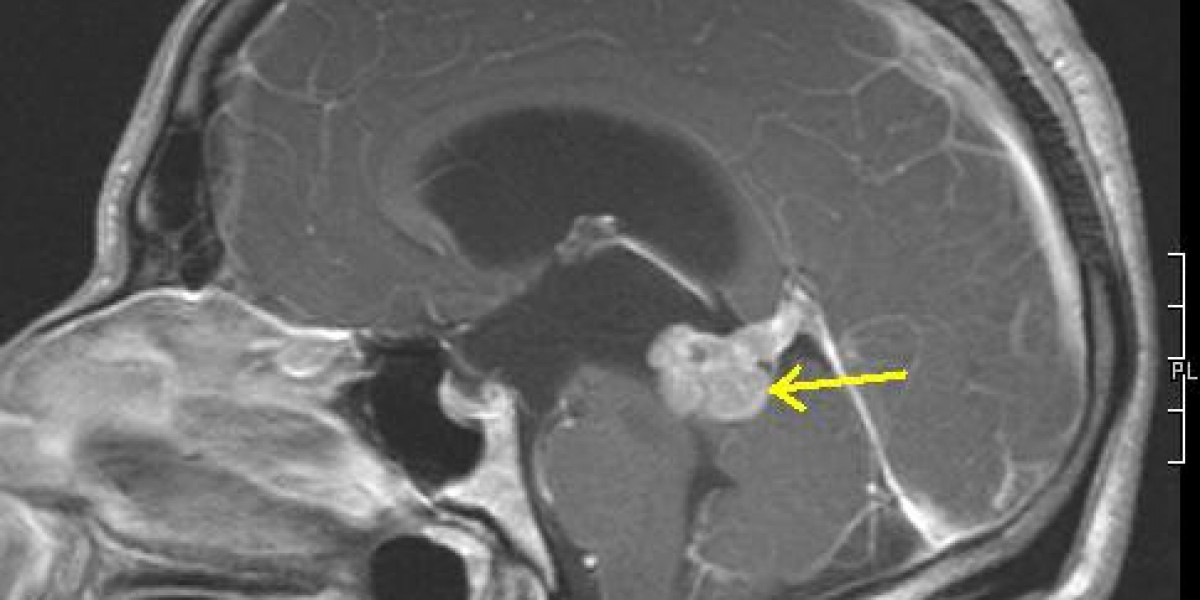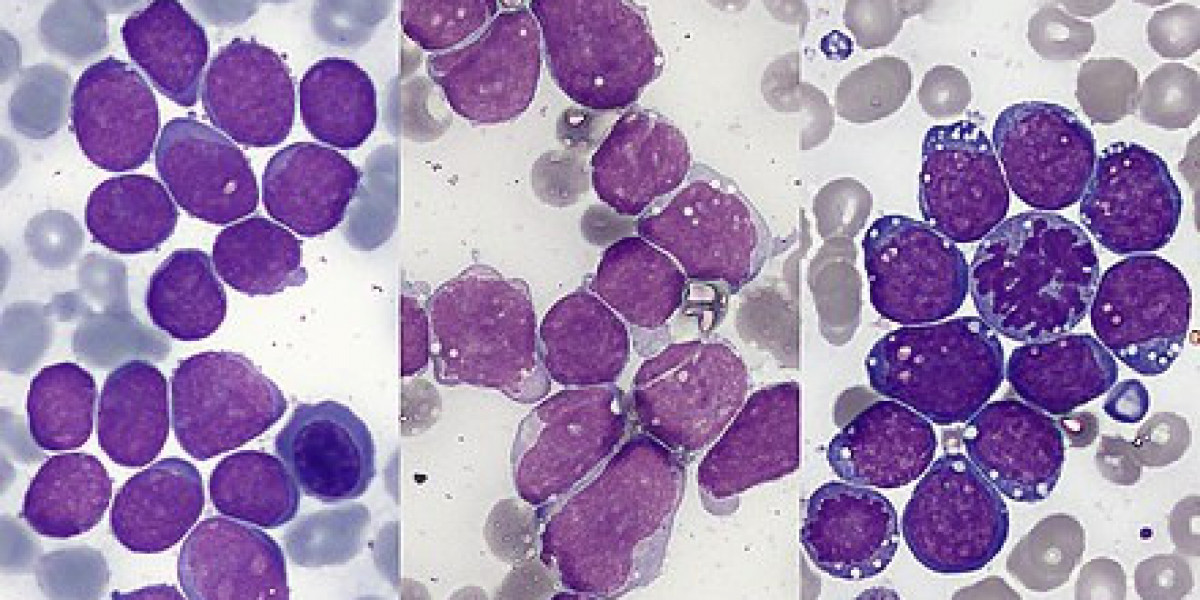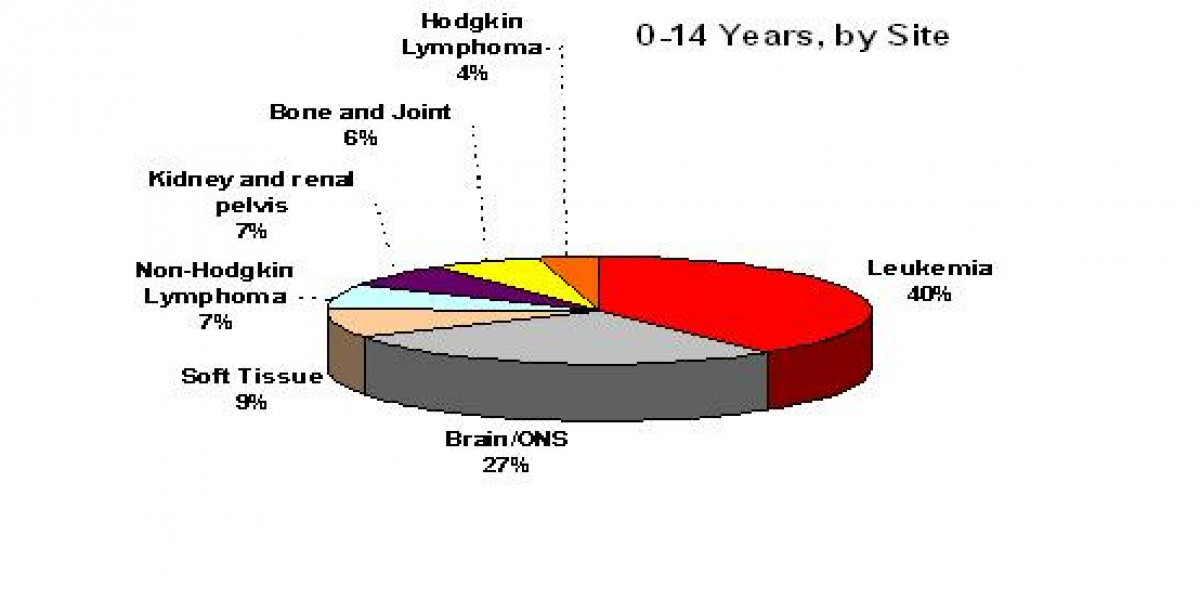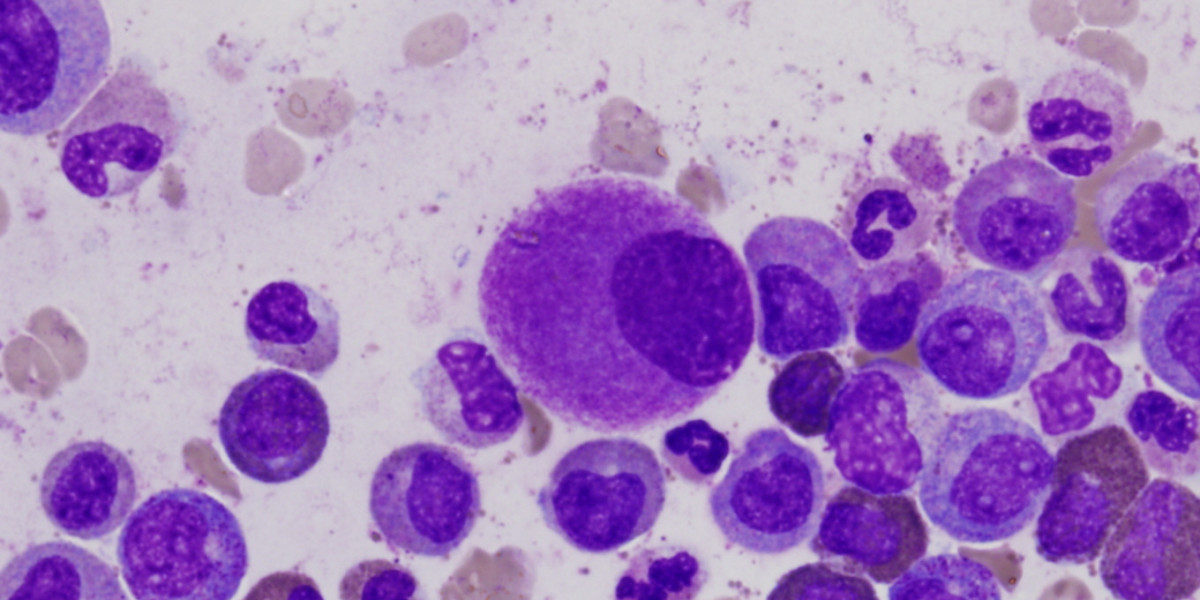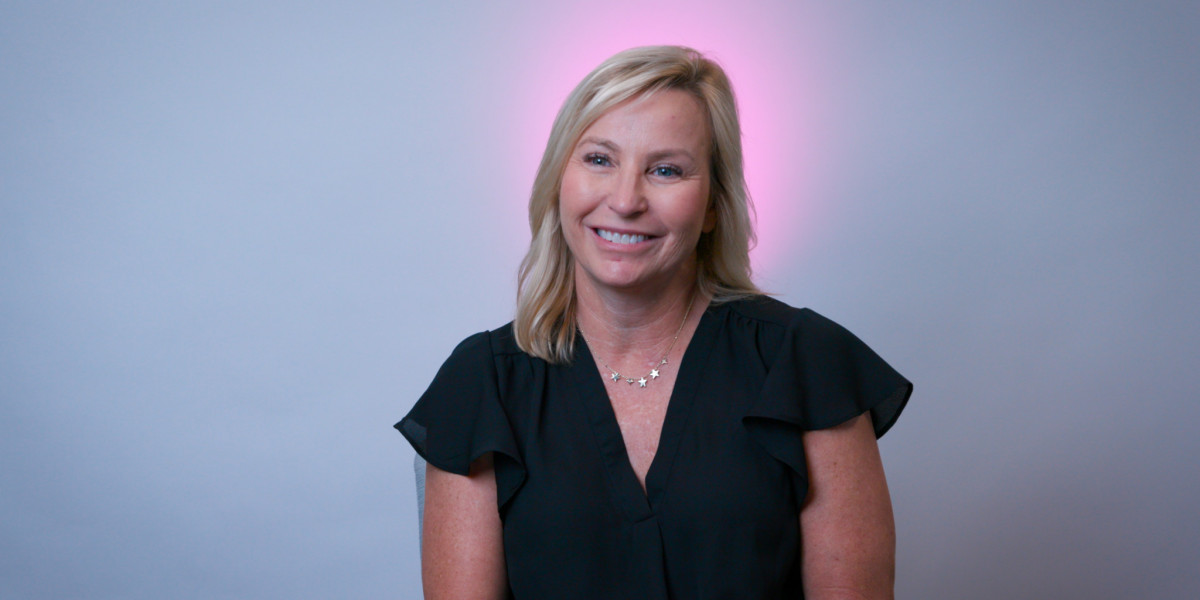What is breast cancer?
About Breast Cancer > What is breast cancer? > Breast cancer statistics
Statistics help us understand who is at risk for breast cancer, where more resources are needed, and how efforts to improve screening , treatment, and care are working. They give us some idea of what to expect from different diagnoses and they help guide treatment decisions.
On this page, we share statistics to answer some of the most common questions and to present a general picture of what breast cancer in the U.S. looks like today, to the best of our understanding. Since 1989, the mortality rate for breast cancer has been declining. But over the last 20 years, the rate of people diagnosed with breast cancer has been rising at about 1% per year. There are more than four million people estimated to be living with and beyond breast cancer in the U.S. today.
As helpful as statistics can be, it’s important to know that these numbers describe the likelihood of certain breast cancer risks and outcomes in large populations. The numbers don’t determine what will happen to you personally. It’s important to talk with your doctor about your individual situation.
Breast cancer is one of the most common cancer diagnoses for women living in the U.S. In this section, we’ll share some recent trends: how many people are expected to be diagnosed this year, how likely a woman of average risk is to develop breast cancer in her lifetime, and how these numbers compare with other cancer diagnoses.
While the numbers provide a snapshot of breast cancer in the U.S, there are many individual risk factors that are not captured in national statistics. These can include family history, inherited gene changes, and previous radiation to the chest.
Breast cancer deaths are a devastating reality. But it’s important to know that our most recent statistics about death rates still represent the past because the effects of advanced treatments available today are only seen years after they are regularly used.
For more information about breast cancer survival and mortality rates, visit the Breast cancer life expectancy page. Like the numbers on this page, the numbers you will see on the life expectancy page are general, and do not reflect your personal risk or the ways that new treatments have resulted in decreased mortality.
Here are the latest U.S. statistics for breast cancer in young women:
Here are the current U.S. statistics for breast cancer in men:
Most breast cancer diagnoses are not connected to inherited genetic mutations. And if you do have an inherited gene mutation associated with breast cancer, or a strong family history of breast cancer without a known mutation, broad U.S. statistics may not accurately reflect your risk. Talk with your doctor about your individual risk and the best screening plan for you.
There are treatments available for breast cancer in people who test positive for a BRCA1 or BRCA2 mutation.
To learn more about living with high risk due to a genetic mutation, strong family history, or other factors, visit At high risk for breast cancer .
Early-stage breast cancer is confined to the breast and the lymph nodes and has not spread to other parts of the body.
Metastatic breast cancer is cancer that has spread beyond the breast to other parts of the body. While metastatic breast cancer is not curable, it is treatable, and researchers are continually developing more effective treatments.
To learn more about metastatic breast cancer, treatment options, and support resources, visit our Metastatic breast cancer page.
National statistics are important to understand, but they can also hide important disparities in breast cancer risk and outcomes among different populations within the U.S. In some cases, there are known factors, including the prevalence of genetic mutations, that cause disparities. But in other cases, the reasons may be unclear, underlining the need for research that is representative of diversity in the U.S.
Black women may face distinct challenges in breast cancer and treatment. Black women have the second highest rate of breast cancer diagnosis in the U.S. Patterns of breast cancer in Black women differ in many ways from those in white women and other races and ethnicities.
To learn more and find supportive resources, visit Black with breast cancer .
Changes on the BRCA1 and BRCA2 genes that are associated with breast cancer risk occur in nearly one out of 40 people of Ashkenazi Jewish descent, according to Sharsheret, a national nonprofit working to serve Jewish people and their families dealing with a breast cancer diagnosis or risk.
This is nearly 10 times the likelihood of finding one of these gene changes in a person from the general population, putting Jewish families at an especially high risk for hereditary breast and ovarian cancer .
While breast cancer incidence is lower for Hispanic women than it is for women in other racial and ethnic groups in the U.S., it’s the leading cause of cancer-related death in these women due to lower rates of lung cancer mortality .
A 2023 study found that Hispanic or Latina women are diagnosed at an average age that’s more than 7 years younger than white women. While white women are diagnosed at an average age of 64.5 years, Hispanic or Latina women are diagnosed at an average age of 57.2 years. Researchers also found that Hispanic women were least likely of any racial or ethnic group to have received a breast cancer screening before their diagnoses.
Hispanic women are also more likely to be diagnosed with metastatic breast cancer than white or Asian and Pacific Islander women.
Some breast cancer research combines Asian American, Native Hawaiian, and Pacific Islander people into one group, and that can make it difficult to accurately track incidence and survival rates for the many diverse groups within this category. Researchers are working to separate these groups to get more precise data.
A 2023 CDC study showed that out of four invasive cancers that can be found with screening (female breast, colon, lung, and cervical) breast cancer incidence and stage at diagnosis, tracked from 2015-2019, were as follows:
In Asian American women :
In Native Hawaiian women :
In other Pacific Islander women :
For each of the groups above :
More research is needed to better understand breast cancer risk and incidence in American Indian and Alaska Native women. Here’s what we know now:
People in the LGBTQ+ community may face unique challenges in finding information and guidance on their breast cancer risk and in finding sensitive care for screening and treatment. It can also be hard to find statistics for breast cancer in LGBTQ+ people. In this section, we share some of the known and estimated statistics for breast cancer in this community.
Learn more about resources for LGBTQ+ people who have been diagnosed with breast cancer or are concerned about their risk on our page LGBTQ+ with breast cancer .
During breast cancer treatment, your focus should be on your health and getting better, but we understand the reality that paying for care is a concern for everyone diagnosed with this disease in the U.S. Know that you are not alone.
Even when insurance is picking up the bulk of the cost, many people still struggle to keep up with the price of deductibles, co-pays, transportation, missed work, and many other surprise expenses during treatment and even after active treatment ends. Here, we’ll share some of the ways people across the country are affected by the cost of cancer care.
If you are struggling to keep up with costs during cancer care, there are places to turn for help. Visit our Financial assistance page for guidance and helpful resources.
Sign up to receive emotional support, medical insight, personal stories, and more, delivered to your inbox weekly.
We'll send support straight to your inbox.
Reviewed and updated: March 11, 2025
Reviewed by: Rita Nanda, MD
Tagged:
Was this page helpful?
Living Beyond Breast Cancer is a national nonprofit organization that seeks to create a world that understands there is more than one way to have breast cancer. To fulfill its mission of providing trusted information and a community of support to those impacted by the disease, Living Beyond Breast Cancer offers on-demand emotional, practical, and evidence-based content. For over 30 years, the organization has remained committed to creating a culture of acceptance — where sharing the diversity of the lived experience of breast cancer fosters self-advocacy and hope. For more information, learn more about our programs and services .
Living Beyond Breast Cancer
40 Monument Road, Suite 104
Bala Cynwyd, PA 19004
©2025 Living Beyond Breast Cancer
Originally published on The Patient Story: https://www.lbbc.org/about-breast-cancer/what-is-breast-cancer/statistics
